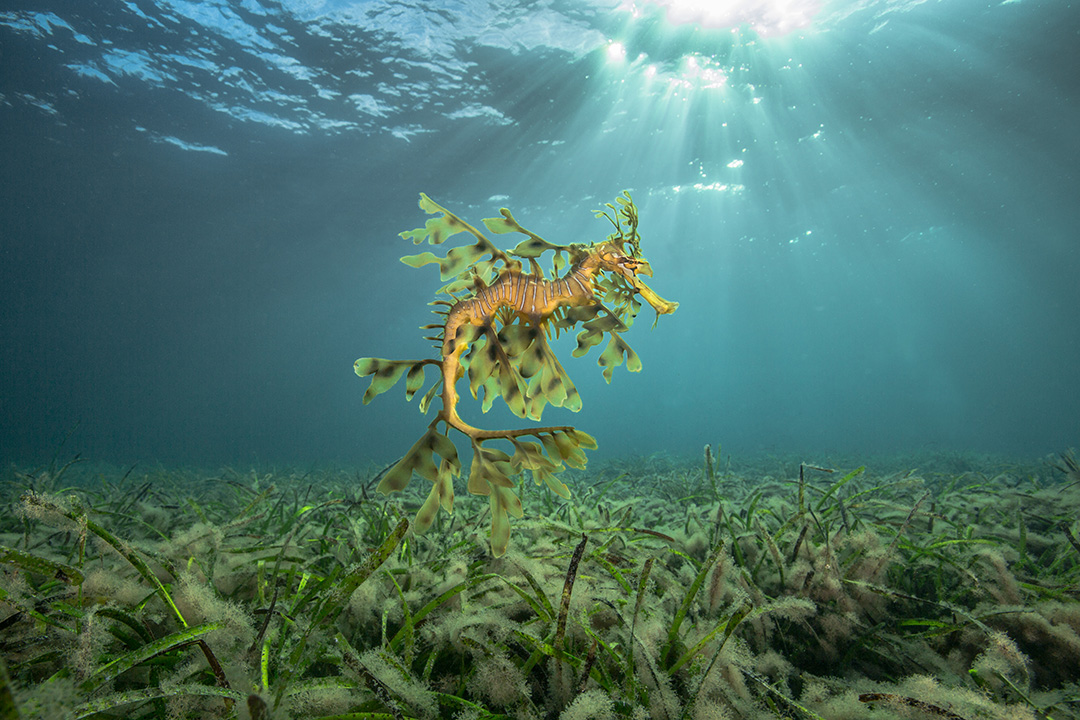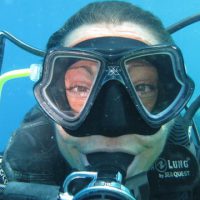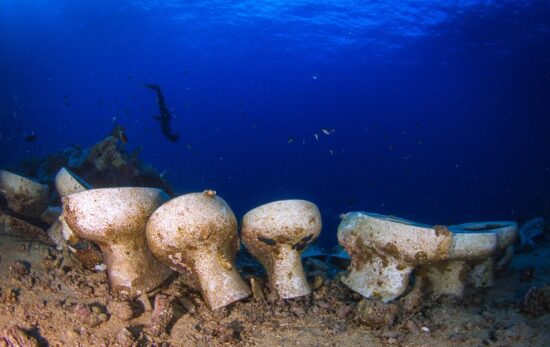For many of us, scuba diving means trips to tropical locations in South East Asia, where friendly locals, spicy food and balmy sunsets are all part of the package. But right now, while travel is off the cards, it doesn’t need to mean the end of your diving! South Australia might not be a flight away for some but it certainly lives up to par when it comes to diverse dive sites and incredible marine life – just a step off the shore!
South Australia offers an excellent selection of temperate water diving filled with beautiful invertebrate life, a myriad of fish species, and of course the famous Leafy Sea Dragon. Even the most well-travelled of scuba divers won’t be disappointed by the marine inhabitants found along the shores of South Australia.

Here are just seven of South Australia’s most iconic shore dives…
Rapid Bay Jetty
Often referred to as the best dive site in South Australia. One and a half hours south of Adelaide is Rapid Bay Jetty, one of South Australia’s most famous shore dives consisting of not one, but two jetties! In addition to the newly constructed jetty lays an old timber jetty. Around each jetty structure you’ll find thriving marine ecosystems which are home to an assortment of critters and vibrant corals. Of course, one of the highlights of diving here is the chance to see the leafy sea dragon but one of the other draws of Rapid Bay is that there is so just so much to explore! One dive at Rapid Bay is just not enough, even though the site only reaches up to 10 meters/33 feet in depth.
Edithburgh Jetty
Located around 3 hours west of Adelaide this is a shallow jetty dive site which is packed with a phenomenal amount of marine life. From nudibranchs, frogfish, eels and dumpling squid through to the iconic leafy sea dragon and seahorses, this is an underwater wonderland for photographers and marine life enthusiasts. And for night divers, the list of species gets even longer as South Australia’s nocturnal critters put on a show time and time again. For those who don’t shoot macro, the pylons are covered with sponges and soft corals which add a dash of vibrant colours, and make for stunning jetty-dive wide-angle photographs too.

Port Hughes Jetty
There are 10 jetty dive sites on the Yorke Peninsula and Port Hughes is one of the most famous. As the Port Hughes Jetty is on the opposite side of the peninsula, it’s a great alternative when Edithburgh Jetty has large swells coming in. The site is home to a large variety of nudibranchs, big schools of fish and the beautiful blue ring octopus!
HMAS Hobart Wreck
The Wreck of the HMAS Hobart sits between 5 meters/16 feet and 30 meters/98 feet making it suitable for all divers. This 133 meter/436 foot long wreck is beautiful for exploring and a plethora of marine species now call it home.
The Bluff
The Bluff is located around 1 hour south of Adelaide. On a good day you’ll meet everything from sealions to sea dragons! The site is scattered with large granite boulders and you’ll find ledges, swim throughs and crevices – which are all well worth exploring. The site is home to a vast array of South Australia’s most common species and highlights which include a variety of nudibranch, leafy sea dragons, seahorses, crayfish, playful sealions and you might even be lucky enough to spot a passing dolphin. Weedy sea dragons have also been spotted here but there are no guarantees.

Star of Greece Wreck
If you like hunting for macro life this site should be on your bucket list. Over 125 years ago the Star of Greece wrecked off Port Willunga. This shallow wreck can be accessed from the shore and at low tide, the water is only about 4 metres/13 feet deep and you can see a small part of one of the masts sticking out of the water. Pick a calm day to dive here as the shallow water is affected by wind and surge leading to reduced visibility.
Port Noarlunga Jetty and Reef
The site is within easy reach of Adelaide’s metropolitan area making it a popular weekend spot. The jetty is 300 metres/984 feet long with the entry point at the end down the stairs. This site is packed with diverse species from old wives, zebra fish, hermit crabs, nudibranchs, flatworms, pipefish, blue devil fish and cuttlefish through to wobbegong sharks and common stingrays. Look out for a glimpse of dolphins and the southern right whale.
Are you ready to shore dive into South Australia? Locate a PADI dive shop and start your next adventure!


